Congress is currently working on a reportedly $1 trillion stimulus package. If you remember nothing else from this blog, the key point is that $1 trillion will not be enough to stimulate the economy because the COVID-19 epidemic will last longer than is anticipated by the stimulus package and because the cocktail of necessary social distancing measures and mounting job losses introduce a psychological dimension to the crisis that will, in turn, lead to further economic distress.
Here are 4 reasons why $1 trillion will not be enough.
First, the stimulus plan does not reflect the recognition that this health crisis will be prolonged. How do we know that it will be prolonged? Infectious disease experts know that the U.S. is nowhere near reaching its peak in the number of infections reported. Because of the lag in testing and the ad hoc restrictions on the movement of the public, that number will likely not hit its peak until the end of May or even June. Our attempts to drive down the infection rate will require restrictions on movement to be in place throughout the summer. So, optimistically, we could be looking at social distancing for at least the next 5 months. That means the economy could be in free fall for at least 5 months.
Second, in those 5 months, even with the currently contemplated stimulus package in place, job losses will be in the millions and the majority of businesses that are not deemed essential (i.e. medical, groceries, banking, gasoline) and are not receiving bailouts, will go under. We saw this combination of steep job and business losses during the Great Recession.
But, third, what is different now, is that the psychology of spending money during a recession is combined with the psychological impact of social distancing and a deadly disease. Necessarily upending American social life will lead to a profound sense of unease that has negative consequences for the economy. This is important because the real impact (no one going out and job losses) and the psychological impact (not being able to socialize, not knowing if you will get a job nor when this epidemic will end) mean that the traditional stimulus package ideas (bailouts to industries and cash payments to individuals) will not work as anticipated.
Why? While the intent behind giving out checks is to float consumers and to stimulate our consumer driven economy, that logic does not work in a situation where we do not know when we will reach bottom and are required to restrict movement. If you do not know when you will hit bottom, you will conserve cash, and necessary restrictions in movement will intensify your sense of uncertainty.
People who are losing their jobs and seeing others lose theirs and who do not know when or if they will get another job normally experience intense psychological stress and will not spend as intended. Even if there is a check of $1,200 per adult and $500 per child for those whose annual income is between $40,000 and $75,000, people who have lost their jobs will only spend that money on absolute necessities and will save the remainder if there is any. Once job losses mount, Americans will hang onto their cash. This impact will only be magnified by the restrictions in physical movement that is required to slow the spread of the disease. So, in this situation, consumers will not be a transmission mechanism for the flow of money throughout the economy within the next 5 months.
Fourth, the bailouts being contemplated will also not be effective in stimulating the economy. They may succeed in keeping certain industries afloat, but the key problem is the lack of demand and the bailouts will not solve this problem. If the federal government does not get highly innovative in how it attacks this crisis, that lack of demand will go well into 2022 because Americans will need to find jobs first before being willing to spend money.
Congress, therefore, has two choices. It can either go the traditional route it is now contemplating, or it can be innovative and counter the damaging dynamic that job losses, social distancing, and uncertainty are already creating in the economy.
If Congress moves more traditionally, several stimulus packages will be needed. Because the first package will neither prop up consumer demand nor stem the avalanche of job losses, the federal government will be forced to pump more money into the economy and it will have to do so until consumers feel secure again. That could be a long time and the price tag will be astronomical and well beyond $1 trillion in the long term.
The other option is for Congress to recognize that the federal government is going to have to be very directive. Put simply, Congress needs to craft a stimulus package that keeps people employed. It should extend help to all businesses, but it has to specify that the support is only forthcoming if you keep employees on the books. Keeping people employed does two important things: it removes the greatest real and psychological threat to successfully using consumers to create demand, and it primes the economy for a faster recovery once the epidemic is past its peak and/or a vaccine is successfully developed because people don’t have to look for jobs. Conditional support might help avoid the very long lag that occurs when millions of people have to look for jobs during a nascent recovery. (We have seen this movie before).
If Americans remain employed, they will spend money because they have jobs and income. That, in turn, will keep a broader range of businesses afloat than those which are absolutely essential and could allow those businesses to get back on their feet more quickly once the worst is past. A stimulus package which supports a broader range of businesses with the stipulation that those businesses must keep paying their employees will be well north of $1 trillion.
Congress, pick your poison: a lot more than a $1 trillion now, while keeping demand afloat and poised for a more rapid recovery, or, a lot more than $1 trillion over a period of years while the economy sputters and Americans live in distress. That is where we are.

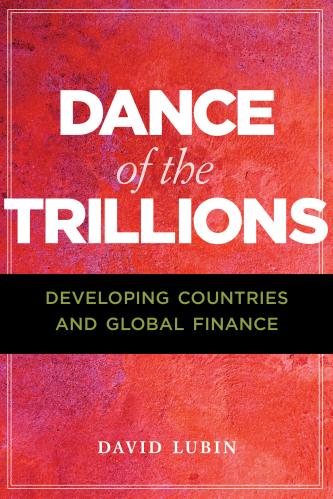
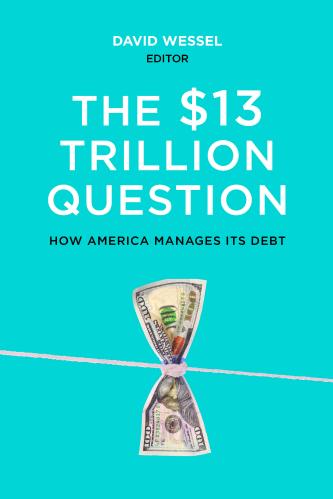
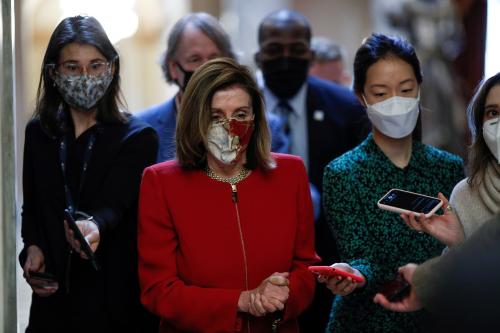
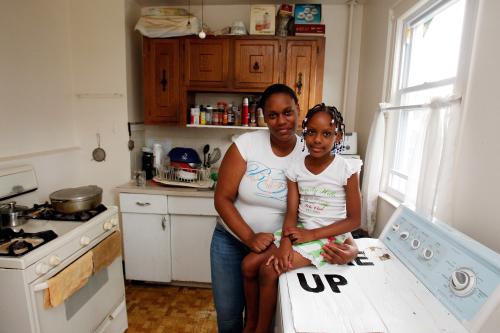
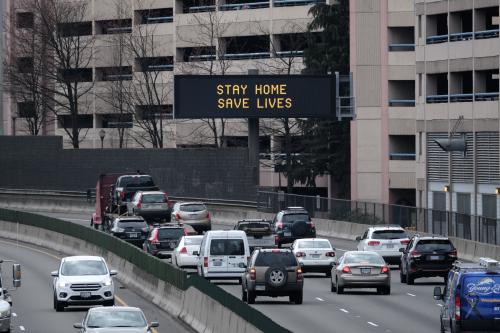




Commentary
Why $1 trillion is not enough
March 21, 2020